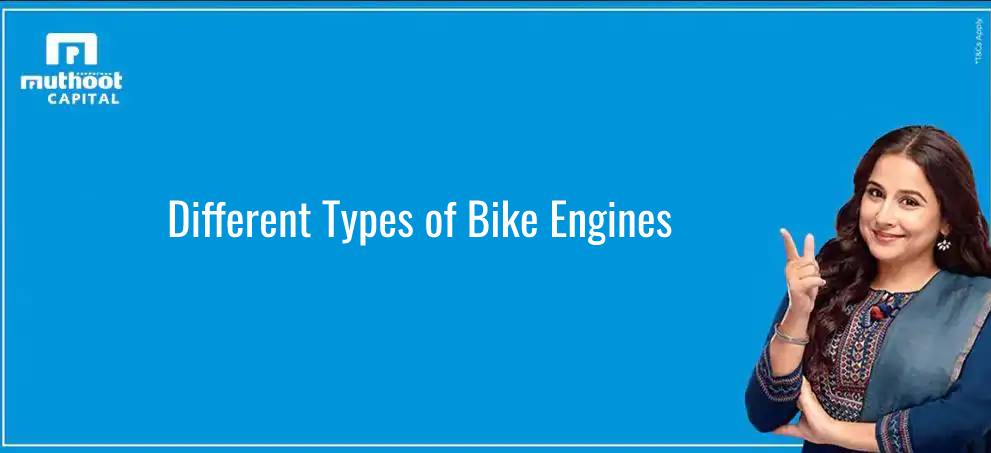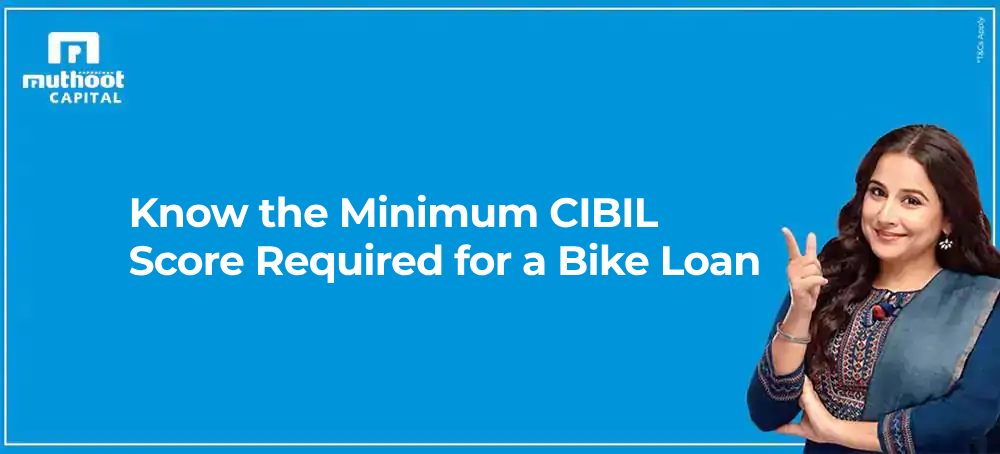What are the Different Types of Bike Engines: Your Guide to Bike Engines
Last Modified: 9-January-2025

Understanding the types of motor bikes and their engines is essential for selecting the perfect ride. The engine, including the number of cylinders in a bike and configurations like those found in V2 engine bikes, greatly influence performance, fuel efficiency, and maintenance requirements. Let’s explore the motorcycle engine types, their features, and how they suit various riding preferences.
What types of engines are there?
The heart of a two-wheeler is its engine. A motorcycle’s engine type greatly influences its performance and fuel efficiency. Most motorcycle engines fall into one of these categories:
- Single-cylinder engine
- Double-cylinder engine
- Triple-cylinder engine
- Four-cylinder engine
- Straight six engine
Read More : Electric Scooter vs Petrol Scooter – Which One to Choose?
1. Single-Cylinder Engine
The single-cylinder engine is one of the simplest and most common bike engines. Known for its compact design, this cylinder in a bike delivers lightweight performance, making it perfect for city commutes and off-road adventures.
Advantages:
- Lightweight and easy to maintain.
- Ideal for beginners and budget-conscious buyers.
- Produces sufficient low-end torque.
Disadvantages:
- Vibrates more compared to multi-cylinder engines.
- Limited high-speed performance.
Popular Models:
- Honda CB125
- KTM Duke 390
Best For: Riders looking for lightweight bikes with low maintenance requirements.
2. Twin-Cylinder Engine
The twin or double-cylinder engine, often known as a parallel twin or V-twin engine, provides more power and stability than a single-cylinder engine. This type is common in V-twin engine bikes like the Ducati Scrambler 800 (which features an L-twin engine) and parallel twin engine bikes like the Honda Africa Twin.
Advantages:
- Smooth performance with reduced vibration.
- Better torque for both city and highway rides.
- Affordable and easier to maintain.
Disadvantages:
- Slightly heavier than single-cylinder engines.
- Less power than triple or four-cylinder engines.
Popular Models:
- Honda Africa Twin
- Royal Enfield Interceptor 650
Best For: Riders seeking versatile bikes for city commutes and long-distance touring.
3. Triple-Cylinder Engine
Inline 3-cylinder bikes in India, like the Yamaha MT-09, are gaining popularity for their balance between performance and weight. This configuration offers a smoother ride than twins while maintaining a compact design.
Advantages:
- High torque output with better balance.
- Compact and lightweight.
- Produces a unique exhaust note.
Disadvantages:
- Slightly costlier to maintain.
- Reduced low-end torque compared to twins.
Popular Models:
- Triumph Rocket 3
- Yamaha MT-09
Best For: Riders looking for powerful yet agile sport-touring bikes.
4. Four-Cylinder Engine
The 1000cc motorcycle engines often feature four cylinders. These engines are designed for high performance, making them a staple in sports bikes and racing motorcycles.
Advantages:
- Unmatched high-speed performance with smooth power delivery.
- Wider powerband for versatility in riding conditions.
- Ideal for experienced riders.
Disadvantages:
- Heavier and more expensive.
- Requires higher maintenance compared to simpler engine types.
Popular Models:
- Honda CBR1000RR
- Suzuki Hayabusa
Best For: 1000cc bike engines are suitable for those focused on speed and performance.
5. Straight-Six Engine
Although rare, straight six engines are known for their incredible smoothness and balance. These are often used in luxury touring motorcycles.
Advantages:
- Excellent balance for smooth performance.
- Superior power for long-distance touring.
Disadvantages:
- Heavy and expensive.
- Limited availability in India.
Popular Models:
- BMW K1600 GT
Best For: Long-distance touring enthusiasts.
Emerging Motorcycle Engine Types
Electric Engines
Electric motorcycles are transforming the types of motorbikes available today. Unlike traditional models, they eliminate the need for traditional cylinders in bikes, offering instant torque and eco-friendly performance.
Popular Models:
- Harley-Davidson LiveWire
- Zero SR/F
Hybrid Engines
Hybrid engines combine electric motors with combustion engines to balance efficiency and performance.
Key Factors to Consider
1. Cooling Systems
- Air-Cooled Engines: Common in bikes like the Royal Enfield Classic 350, these systems rely on airflow.
- Liquid-Cooled Engines: Found in high-performance models like the Kawasaki Ninja ZX-10R, these systems are more efficient.
2. Engine Capacity
The bike engine capacity, measured in cubic centimetres (cc), significantly impacts performance. The bike engine cc, such as 1000cc motorcycle engines, determines power output. The engine of a motorcycle can produce maximum performance when properly tuned.
3. Two-Stroke vs. Four-Stroke Engines
- Two-Stroke Engines: Lightweight with high power output, often used in racing bikes.
- Four-Stroke Engines: Durable and fuel-efficient, commonly found in commuter and sports bikes.
Is Opting for a Bike Loan a Wise Decision?
Bikes are a convenient and efficient mode of transport, but purchasing one outright can be a significant financial burden. Choosing between buying a bike outright or applying for a bike loan is an important decision.
The advantage of a bike loan is that it enables you to own your desired bike without making a substantial upfront payment. With Muthoot Capital’s Two-Wheeler Loan, you can finance any type of motor bike quickly and easily. It requires fewer documents and comes with competitive bike loan interest rates and flexible repayment tenures.
Read More : Difference Between Ex-Showroom And On Road Price Of A Bike
Conclusion
Every engine is designed to deliver the power needed for a smooth and comfortable ride. With various engine types available in the market, choosing one that aligns with your specific needs is important. A basic understanding of engine classifications can help in making an informed decision. This article provides an overview of the types of bike engines available in the Indian market, helping you select the ideal option for your requirements.
FAQs
1. How many types of engines are there in motorcycles?
Motorcycles typically feature six engine types: single-cylinder, twin-cylinder (parallel and V-twin), triple-cylinder, four-cylinder, straight-six, and electric engines.
2. What is the ideal bike engine capacity for beginners?
Beginners should opt for a bike engine capacity of 125cc to 250cc for manageable power and low maintenance costs.
3. Are inline 3-cylinder bikes in India suitable for highways?
Yes, bikes like the Yamaha MT-09 provide excellent balance and power for highway riding.
4. What makes v-twin engine bikes unique?
V-twin engine bikes deliver exceptional torque and a distinctive exhaust note, making them ideal for cruisers and performance riders.
5. How do I choose between air-cooled and liquid-cooled engines?
Air-cooled engines are simpler and best for city rides, while liquid-cooled engines are more efficient for high-performance and long-distance bikes.
Trending Post
- What Is Bike Engine Cc And Why Does It Matter?
- Maintenance Tips For Better Bike Or Scooter Mileage
- Budget-Friendly Bikes With Top Mileage In Chennai
- Minimum Down Payment Required For A Bike Loan In India
Categories
Need Help?
Please feel free to contact us on toll free number or send us your query on our email.




